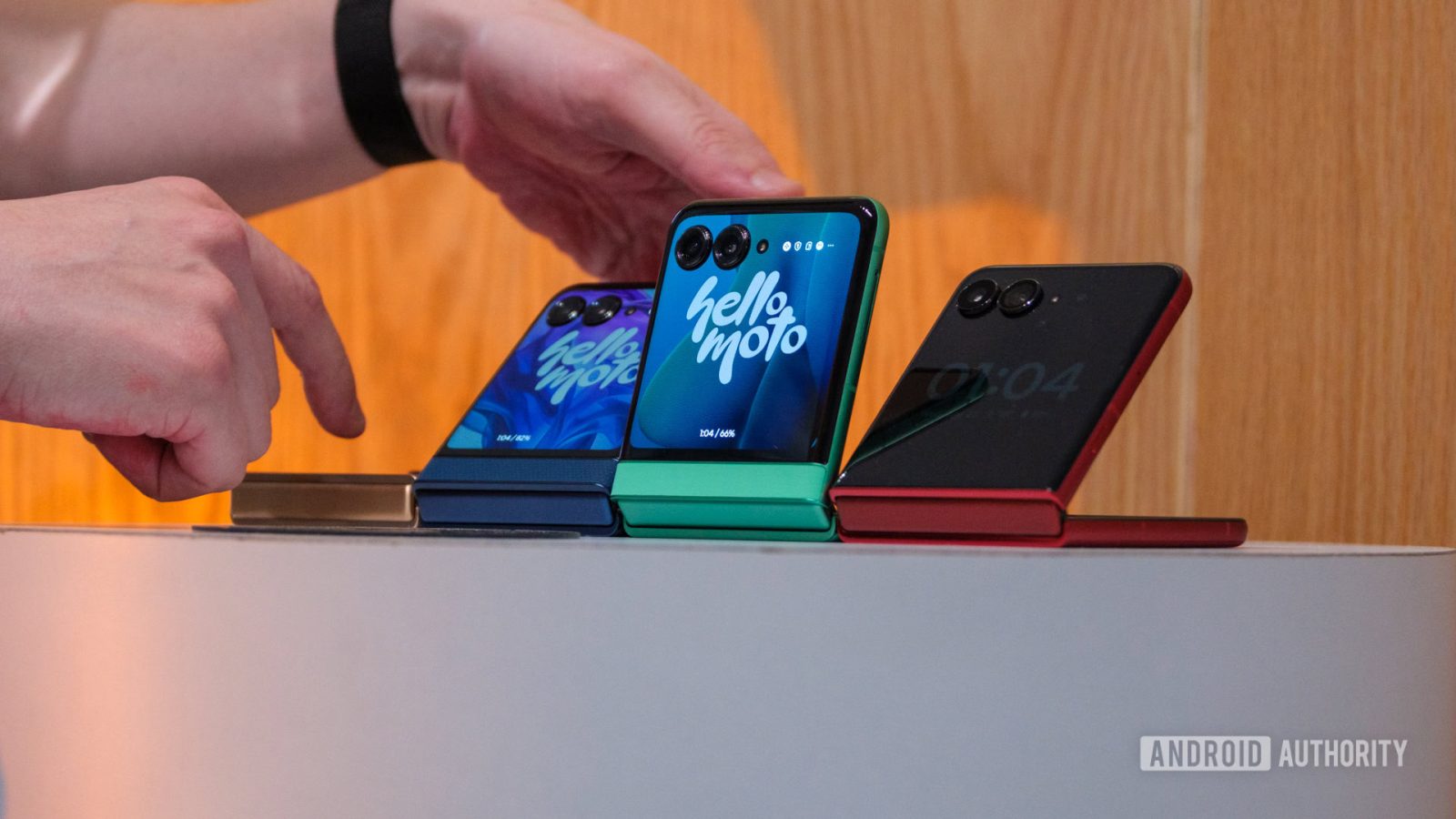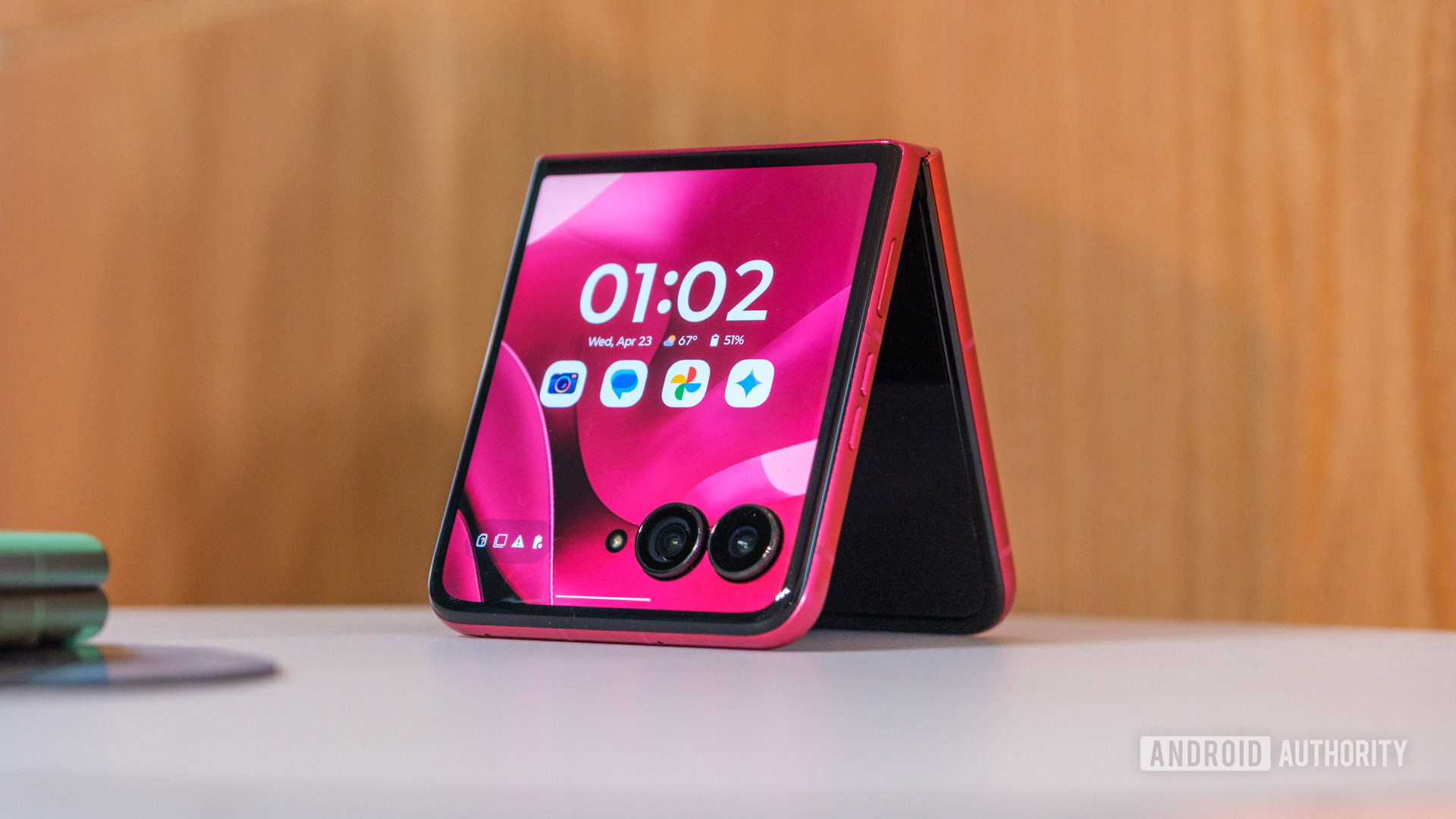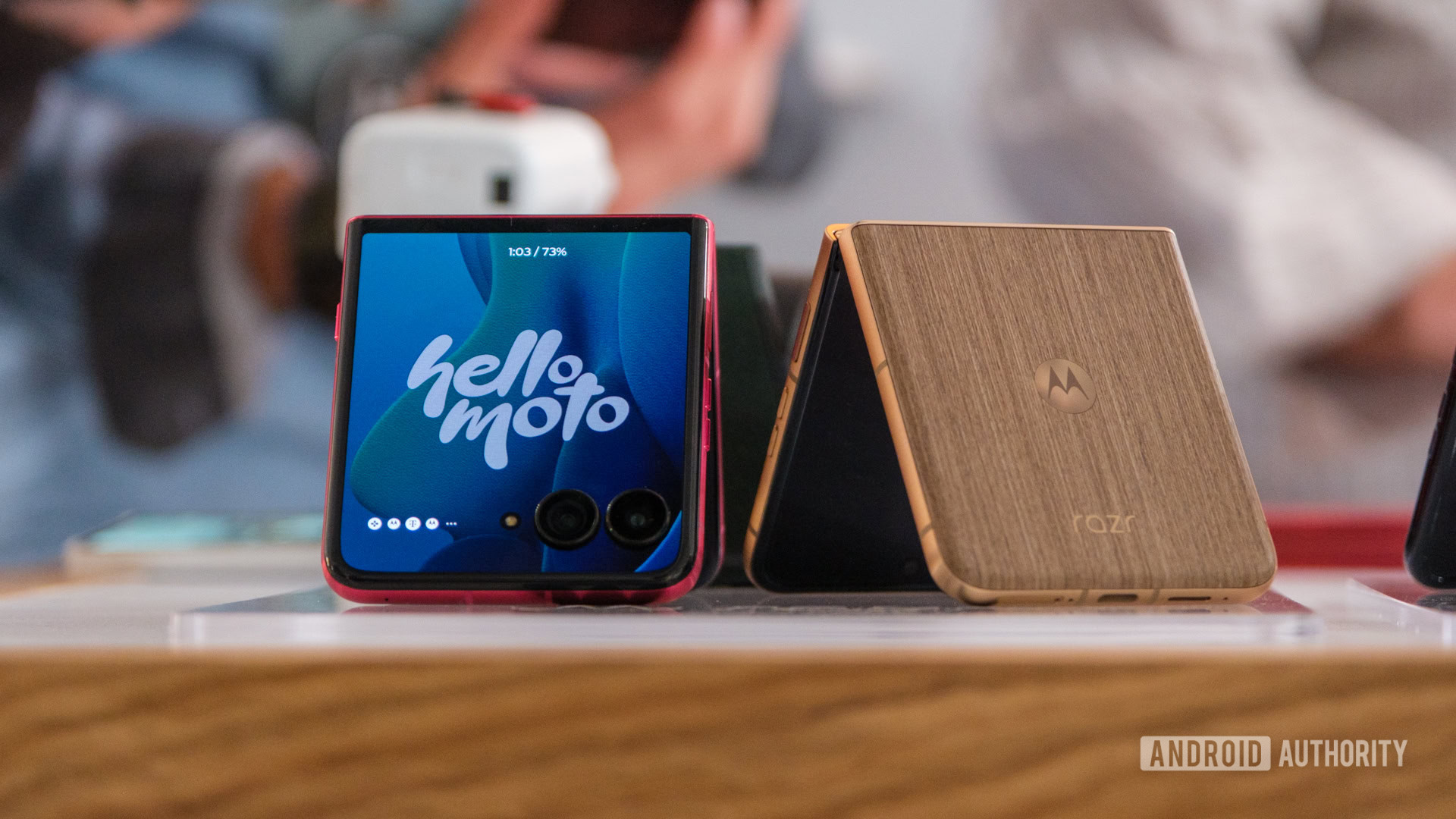I Should Be Thrilled About Motorola’s 2025 Razr Phones, But I’m Not

Contents

Ryan Haines / Android Authority
Motorola has done something huge with its 2025 Razr family. As you’ve probably heard by now, there aren’t two new Razrs like we were expecting. Instead, there are three: the Razr, Razr Plus, and Razr Ultra. That means more choices, more price points, and (most importantly) more colors. As a longtime Motorola and Razr fan, I should be thrilled.
I should, but I’m not.
In my eyes, last year’s Razr family was virtually perfect. The Razr (2024) was a reliable, no-frills flip phone at a very reasonable $700 price. The Razr Plus (2024) offered significant hardware and spec upgrades for a higher $1,000 price tag. Each phone made sense in a bubble and as part of the 2024 Razr lineup.
Expanding that lineup with a third option is a good idea in theory, but the way Motorola has executed it has left me feeling frustrated and confused.
Are you happy with Motorola’s 2025 Razr lineup?
3 votes
The Razr and Razr Plus are two minor upgrades, with only one done right

Ryan Haines / Android Authority
We’ll start with the two new Razrs we expected: the Razr (2025) and Razr Plus (2025). Both are direct successors to last year’s models, and pretty minor ones, too.
While not a massive upgrade, the improvements to the baseline Razr are solid. The new Dimensity 7400X chip offers a CPU performance boost for faster AI processing and further futureproofing for long-term use. The old IPX8 rating is upgraded to IP48; there’s a redesigned and more durable hinge mechanism, the battery capacity is increased from 4,200mAh to 4,500mAh, and there’s an assortment of dazzling new colors to choose from — all for the same $699 price tag.
Is this the most exciting year-over-year upgrade ever? No. But for a mid-tier flip phone, I think Motorola did a fine job with the Razr (2025). It’s a little faster, has a bigger battery, and is more durable. Pair that with the four new colors/finishes (which really are incredible), and I’m left with little to complain about.

Ryan Haines / Android Authority
Then, there’s the Razr Plus (2025). It has the same new hinge and IP48 rating you get with the Razr (2025), both of which are greatly appreciated. And … well, that’s it. Every other spec is identical to the Razr Plus (2024) — including the cameras, chipset, battery capacity, charge speeds, etc. Even this year’s colors are all ones that were available on the 2024 model.
The good news is that Motorola didn’t increase the $1,000 price tag, but given that the Razr Plus (2025) is virtually a carbon copy of the Razr Plus (2024), I struggle to see why you’d want to buy the new model when the 2024 version is discounted to $800 — and has gone as low as $500.
It ultimately makes me question why the Razr Plus (2025) exists. On its own, it’s a fantastic flip phone, but it makes no sense in a world where the Razr Plus (2024) is still around and readily available for a lot less money. Instead of an upgrade to the 2024 model, the Razr Plus (2025) feels like a re-release of it.
The Razr Ultra is the right upgrade at the wrong price

Ryan Haines / Android Authority
Why would Motorola do this? Well, because the Razr Plus isn’t its true flagship for 2025. Instead, that title belongs to the new Razr Ultra. Viewed as a successor to the Razr Plus (2024), it looks like a phenomenal upgrade.
In addition to the same new hinge and IP48 rating as the other two Razrs this year, the Ultra also has a larger 7-inch inner display with thinner bezels and significantly more brightness. The cover screen has Corning’s new Gorilla Glass Ceramic material (making it the first phone to use it), and more brightness, too.
The Snapdragon 8s Gen 3 chip found in the 2024 and 2025 models of the Razr Plus is upgraded to a Snapdragon 8 Elite in the Razr Ultra. There’s more RAM and storage, a much bigger battery, faster charging, and all-new camera sensors. The Razr Ultra is also the only one of the trio with Motorola’s new AI Key, which is a new hardware button that provides easy access to Motorola’s AI features.

Ryan Haines / Android Authority
Razr Ultra in Mountain Trail
This is all undoubtedly impressive, but the problem is the price. As good as the Razr Ultra looks, the $1,300 price tag does not. Yes, this is a premium flagship foldable with the latest Qualcomm chip, 512GB of storage, and 16GB of RAM as the default. But it also has just two cameras, a 4,700mAh battery, and an IP rating that — while impressive for a foldable — is far less dust-resistant than other flagship Android phones. And for $1,300, getting just three years of Android OS upgrades is inexcusable.
I could see Motorola using all these upgrades to justify a $100 price hike over the Razr Plus (2024) and pricing the Razr Ultra at $1,100. That would be fine! But it would also make the Razr Plus (2025) look like a ripoff by comparison. And therein lies the problem with this year’s lineup.
A confused, complicated smartphone trio

Ryan Haines / Android Authority
You could look at any one of the 2025 Razrs in a bubble and make an argument for why each is a solid phone. But as a series of phones that are supposed to work well together and succeed their predecessors, I just don’t see it.
The Razr (2025) is an example of a minor YoY upgrade done well, while the Razr Plus is not. The Razr Ultra is precisely what the Razr Plus (2025) should have been, so why do both phones exist?
There’s confusion around the cameras, too. The Razr and Razr Ultra have an ultrawide camera for their secondary camera lens, whereas the Razr Plus has a telephoto camera. Does that mean Motorola thinks people who spend $700 or $1,300 on a phone prefer ultrawide cameras, but those who spend $1,000 want a telephoto lens? It doesn’t make any sense.
These three phones feel incredibly disjointed as part of a family, and as a result, it makes it challenging to figure out who each phone is for.
Motorola has taken a simple, clearly defined lineup and turned it into an utterly confusing one.
The Razr (2025) is the default choice if you want a foldable without spending a load of money, and the upgrades over the 2024 version are good, if nothing exciting. But if saving money is your main concern, there’s an argument to buy the Razr (2024) instead. The Razr Plus (2025) is barely an upgrade over its predecessor and is a phone I’m not sure who I’d recommend to. And the Razr Ultra, while an exciting phone by almost every metric, doesn’t feel like it does enough to justify what’s effectively a $300 price increase over the Razr Plus (2024).
Is there a world in which a trio of foldable phones from Motorola could make sense? Sure, and I’m curious to see what Motorola does next year to more clearly define each phone in this newly established Razr trio. But, at least this year, the transition from duo to trio has taken a simple, clearly defined lineup and turned it into an utterly confusing one.
What’s your reaction?
Love0
Sad0
Happy0
Sleepy0
Angry0
Dead0
Wink0









Leave a Reply
View Comments